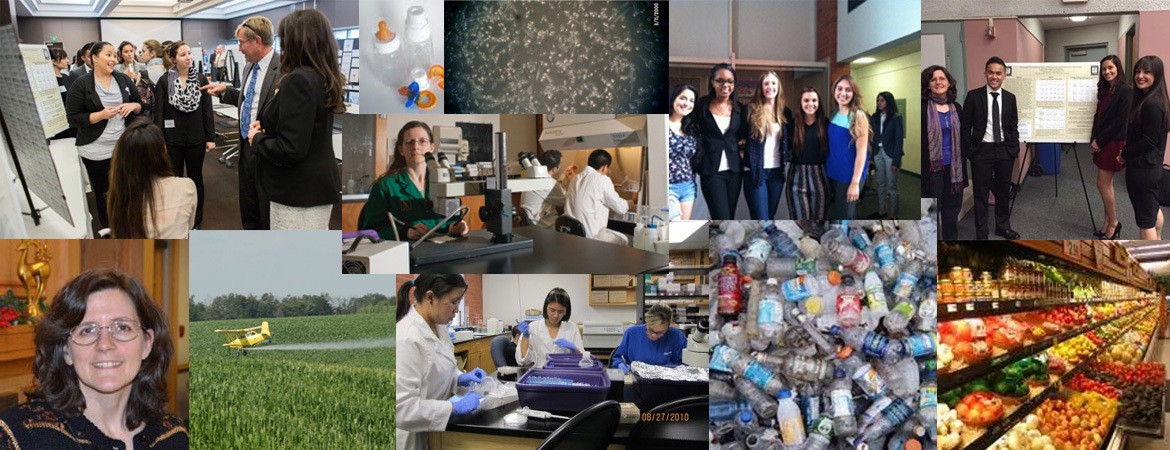Dr. Christine Broussard heads research in the area of Endocrine Disrupting Chemicals and T Cell development. She only accepts/has 10 students at a time working on this project. She also heads research focused on Developmental Immunotoxicology and STEM Education Reform.
Description:
- Determine the mechanism by which endocrine-disrupting chemicals affect the development of the immune system
- –EDCs are ubiquitous
- Plastics – BPA
- Medication – DEC
- Pesticides – MXC
- –EDCs are ubiquitous
- Use mice and cell lines (mouse/human)
Techniques used:
- Tissue culture
- In vitro differentiation of thymocytes
- Flow cytometry and fluorescence microscopy
- Western blot
- PCR
- Embryo dissection
- Large data set analysis
- Cell Biology and Immunology
- Immunophenotyping & flow cytometry
- Tissue Culture
- CURE curriculum design
Student Requirements:
- Completion of BIOL 345 Immunology by the end of junior year.
- Juniors and seniors have specific “lab jobs”
- Hands-on to help students move along the project
- Be self-motivated and enthusiastic
- Need to work in teams and be reliable!
Past Research:
- BIOL 345 – Immunology
Developmental Immunotoxicology
Lucie Leung-Gurung*, Priscilla Escalante Cobb*, Faraj Mourad*, Cristina Zambrano*, Zachary Muscato*, Victoria Sanchez*, Kanya Godde & Christine Broussard (2018). Methoxychlor metabolite HPTE alters viability and differentiation of embryonic thymocytes from C57BL/6 mice, Journal of Immunotoxicology, 15:1, 104-118, DOI:10.1080/1547691X.2018.1474978
*La Verne students
Eddie Avellaneda*, Atalie Lim*, Sara Moeller*, Jacqueline Marquez*, Priscilla Escalante Cobb*, Cristina Zambrano*, Aaditya Patel, Victoria Sanchez*, K. Godde, and Christina Broussard. (2021). HPTE-Induced Embryonic Thymocyte Dath and Exacerbated by Concurrent TCR Signaling. International Journal of Molecular Sciences, 22(18), 10138.
*La Verne students
- STEM Education Transformation
Broussard, Christine, Margaret Gough Courtney, Sarah Dunn, K. Godde, and Vanessa Preisler. “Course-based undergraduate research experiences performance following the transition to remote learning during the COVID-19 pandemic.” Journal of College Science Teaching 51, no. 1 (2021): 27-41.
